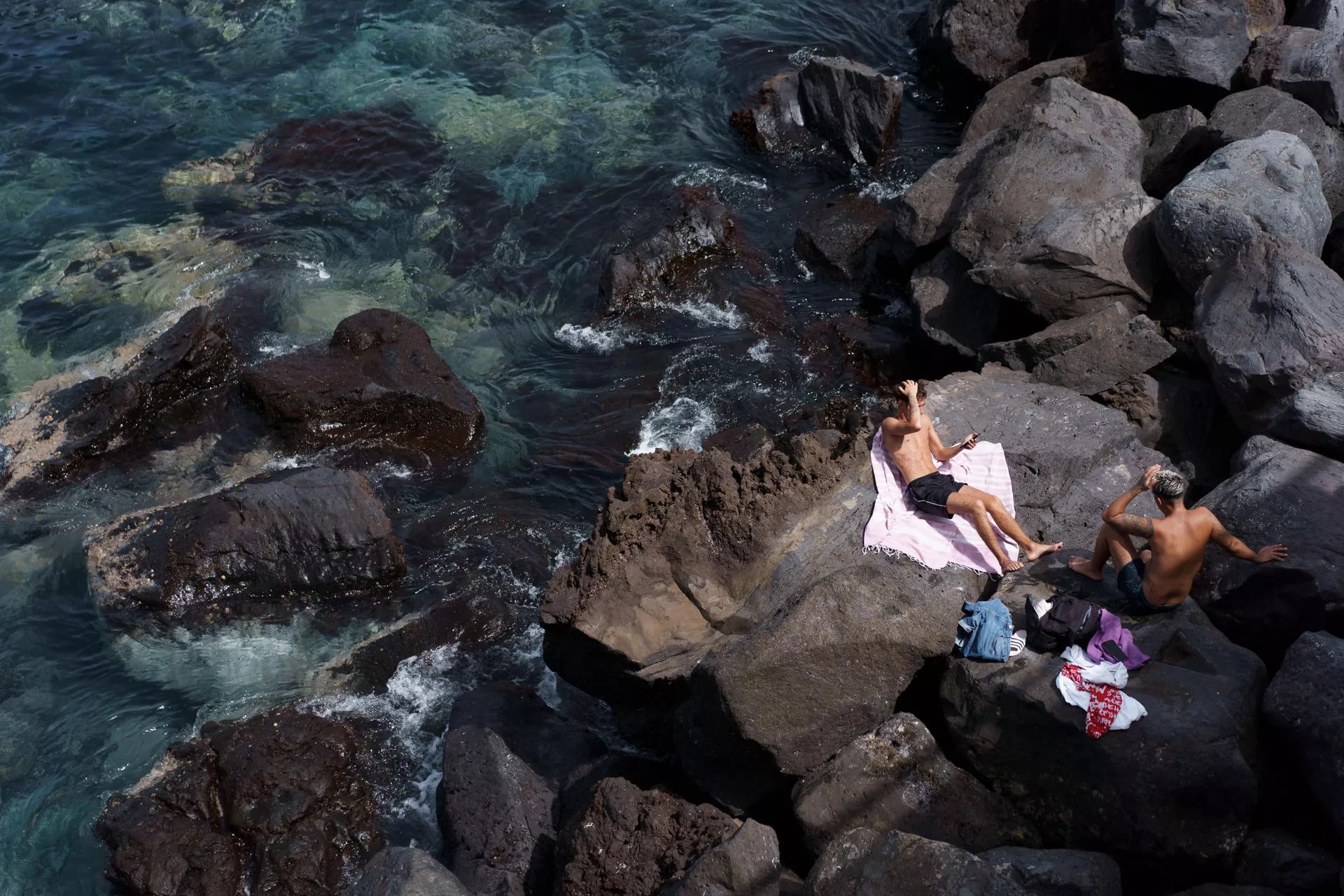SANTA CRUZ DE TENERIFE, 20 Aug (EUROPA PRESS) –
The General Directorate of Public Health in the Canary Islands has announced the recent identification of an adult specimen of the Aedes albopictus species in one of the traps set at Tenerife South Airport.
The Entomological Surveillance System in the Canary Islands has been operational at this airport since the discovery of the first specimen of this species in December 2023, as stated by the Ministry of Health.
This region is a transit point for luggage from both domestic and international locations, where these invasive mosquitoes tend to thrive.
Following the genomic sequencing confirmation of the specimen, the subsequent actions involving the General Directorate of Public Health, the University Institute of Tropical Diseases and Public Health at the University of La Laguna, along with AENA and the Granadilla de Abona City Council, which governs the airport site, have been established in accordance with protocol.
The Ministry of Health reminded that the initial detection of adult specimens and larvae of Aedes albopictus was made in September last year, first in the municipality of Tacoronte and subsequently in a residential area in Santa Cruz de Tenerife. After the activation of the surveillance system and the implementation of control and fumigation efforts, no sightings of this species have been reported since November.
AEDES ALBOPICTUS
The Aedes albopictus is a smaller, black and striped mosquito compared to those typically found in this country. It is more prevalent in urban areas and has adapted to breed in small, artificial bodies of water.
It serves as a vector for the transmission of viral diseases in other regions where such illnesses are endemic, though this is not the case in the Canary Islands.
This mosquito tends to bite during daylight hours rather than at night, and its bite elicits a strong inflammatory response, experienced as a pronounced sting. It moves easily close to the ground and does not create any buzzing noise. The females are the ones that bite, as they require blood to reproduce.
Additionally, they require water (breeding sites) for their development. They lay their eggs in water, from which larvae hatch, subsequently forming pupae (both aquatic), ultimately becoming adult mosquitoes. Mosquitoes that bite humans must be breeding nearby. Therefore, monitoring or eliminating their breeding sites is the most effective strategy against them.
CITIZEN COLLABORATION
Public cooperation is crucial for identifying potential invasive mosquitoes and eradicating their breeding sites.
Citizens are encouraged to send photographs of suspected Aedes sightings or images exhibiting severe inflammatory reactions from bites, if they occur, to the email address [email protected]. It is important to include the geographical location where the sightings were made and a contact telephone number.
The Ministry of Health highlights that the Surveillance System is proficient in early detection of both larvae and eggs of invasive mosquitoes, before they inflict bites on the island’s residents. In this respect, all necessary information is being gathered to limit, verify, and if required, eliminate the presence of this mosquito on the island.
It is vital to understand that no bites have been reported, and the presence of the mosquito does not indicate the transmission of diseases such as dengue, zika, yellow fever, or chikungunya, as these are absent from our territory, apart from sporadic imported cases.
















